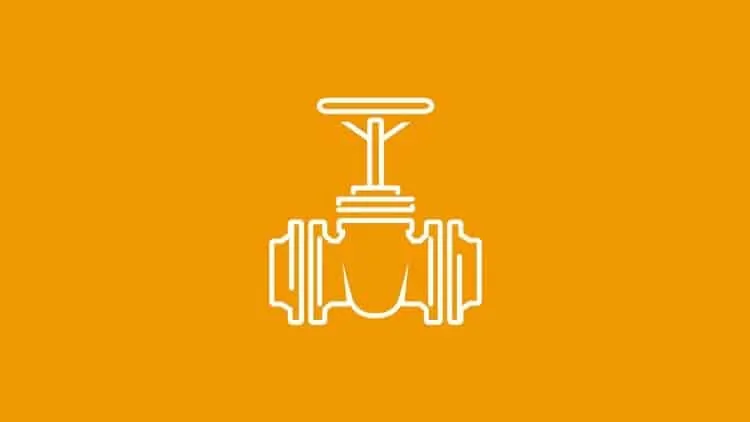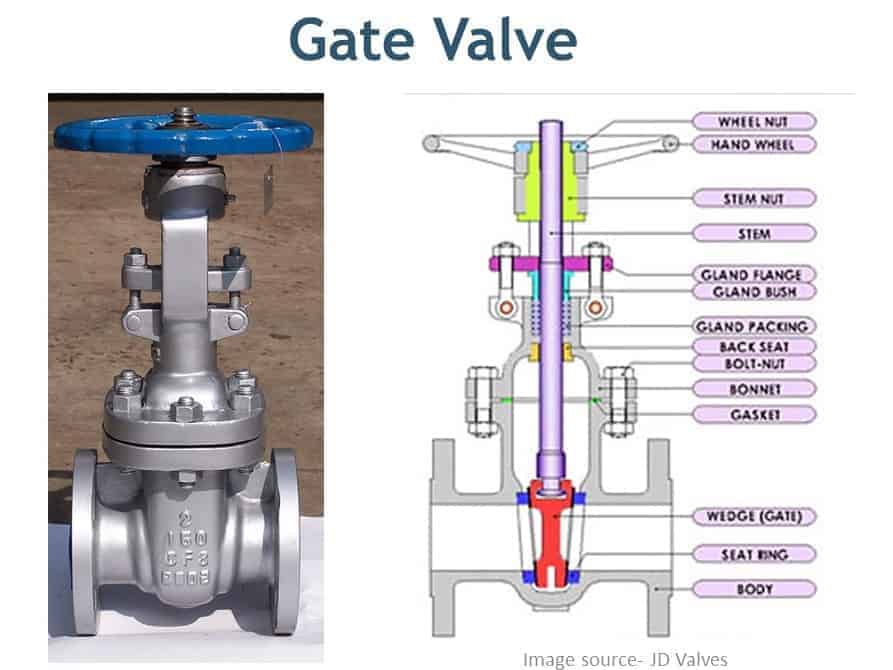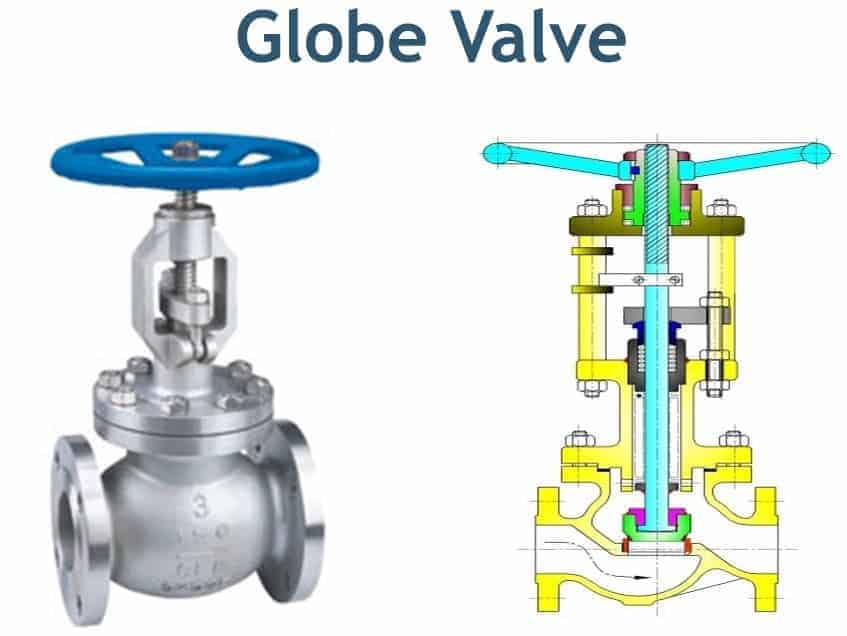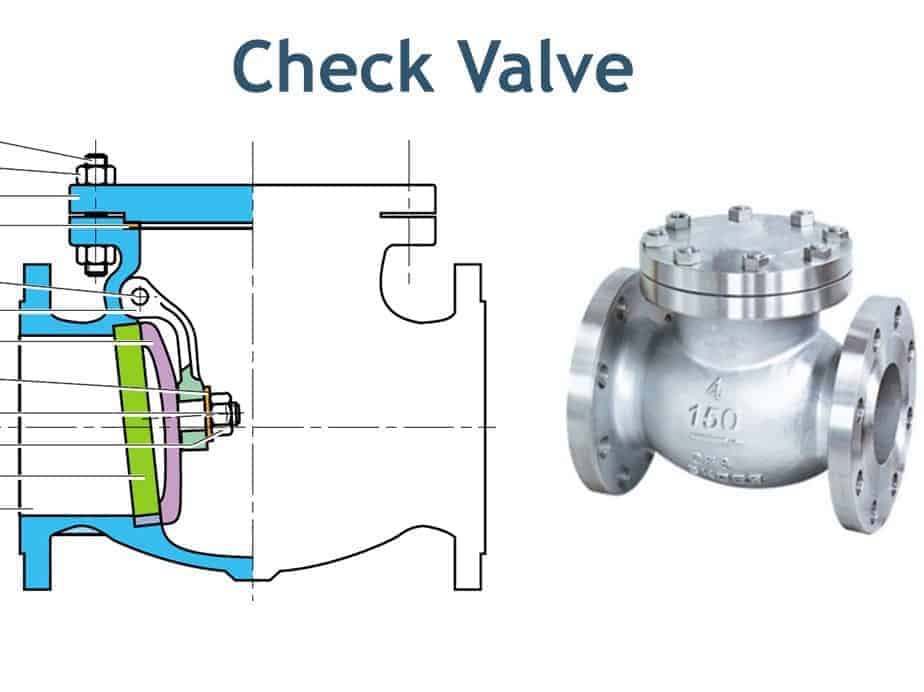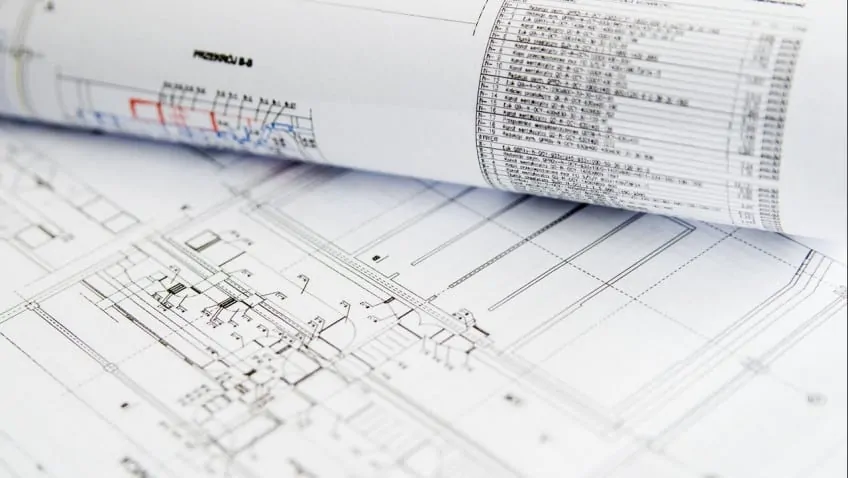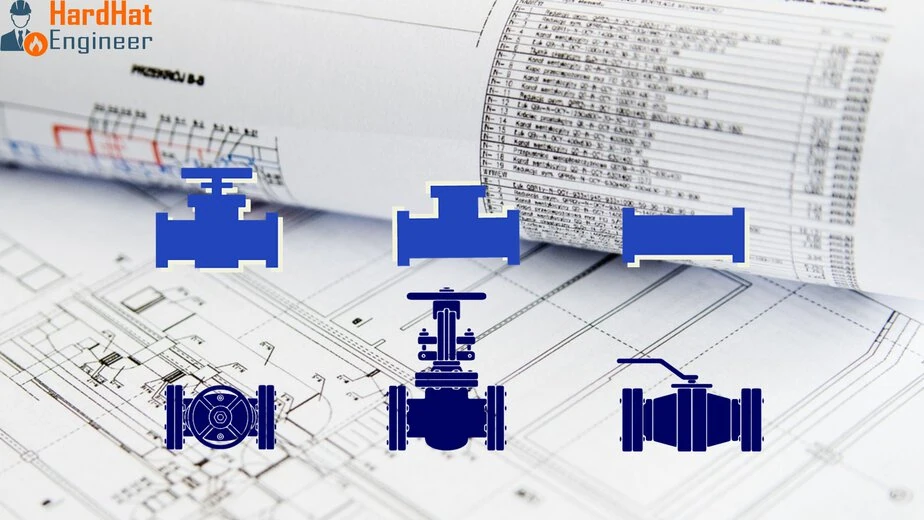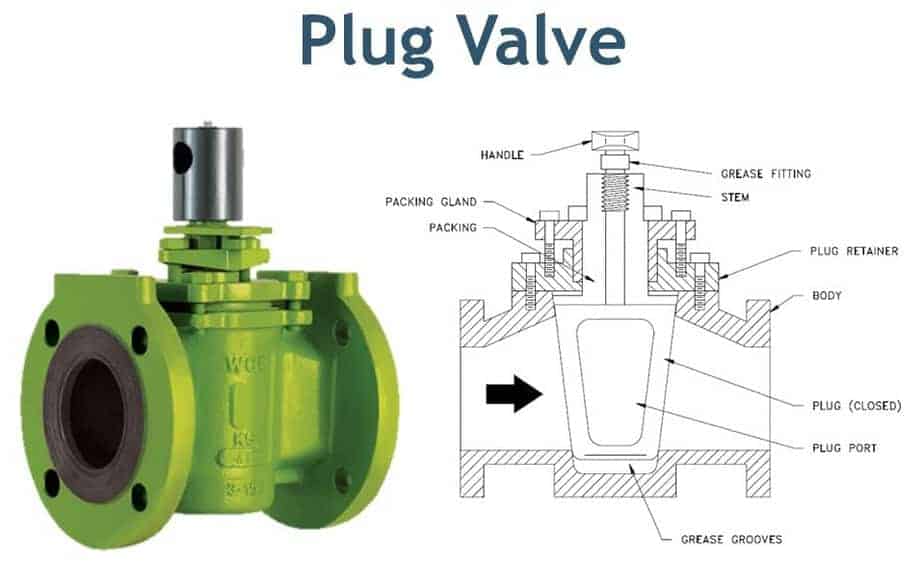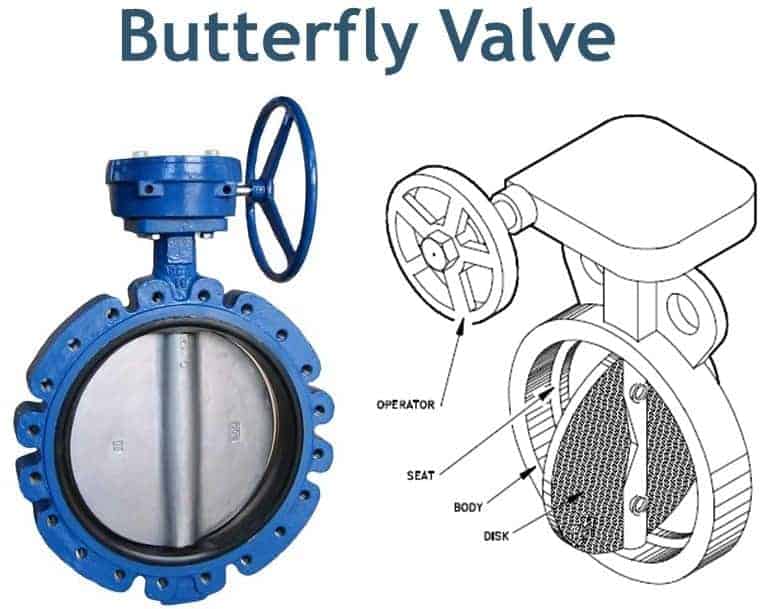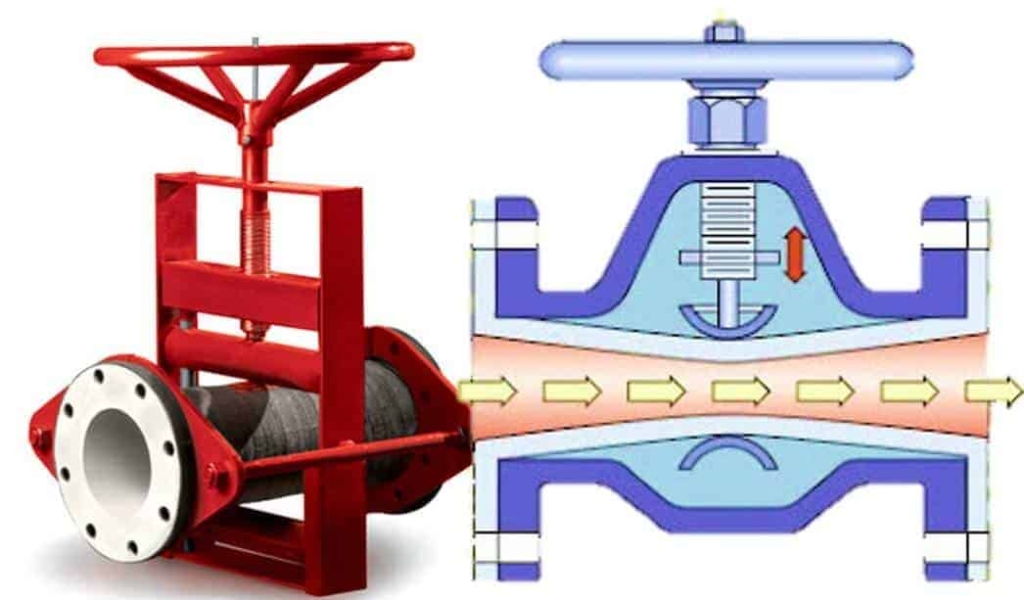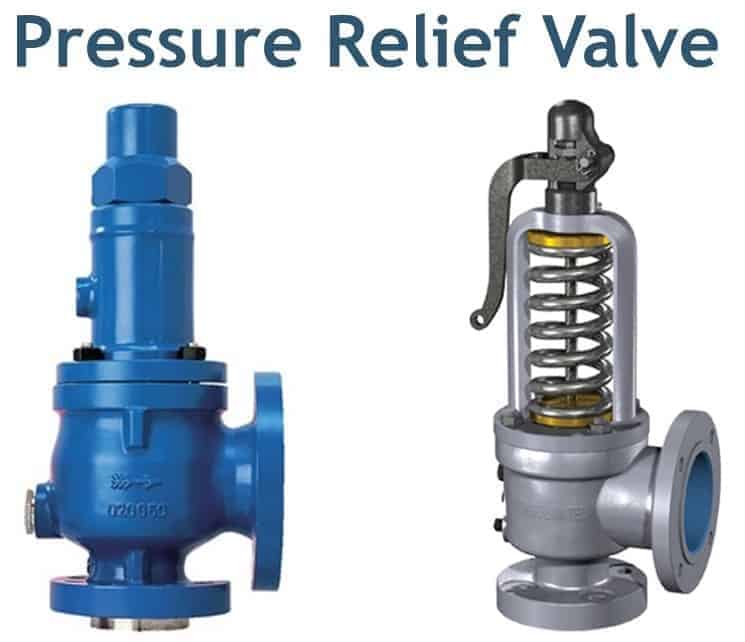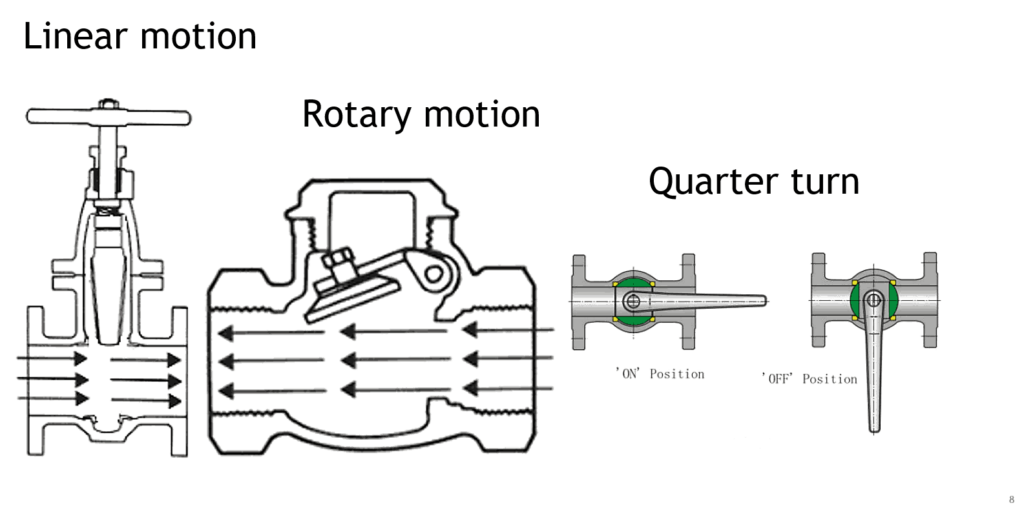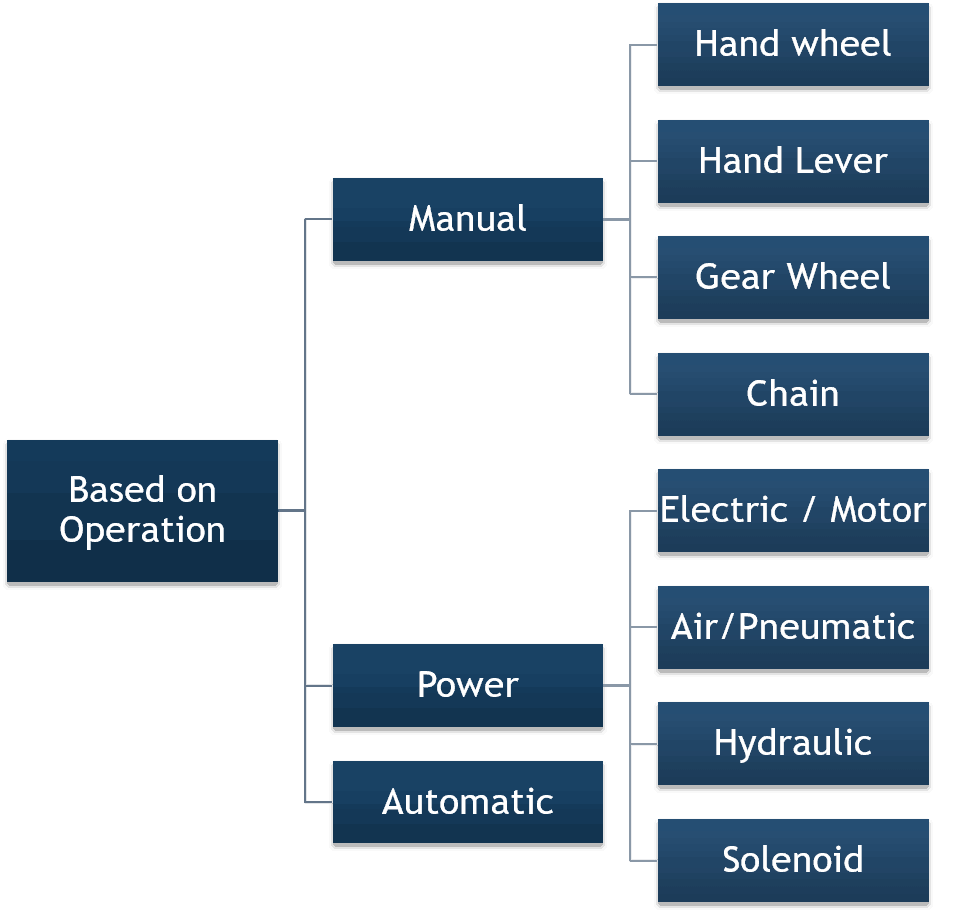Different types of valves are used in piping. In this article, I have covered valves’ classifications and their functions. Let’s start with Valve’s definition.
What is Valve?
Chances are there that you already know this. But there is no harm in refreshing the memory.
A valve is a device that regulates, controls, or directs the flow of a fluid by opening, closing, or partially obstructing fluid flow. A sound bit complicated? Ok, let me further simplify this. A valve is a mechanical device that controls the flow and pressure of fluid within a system or process. So basically, it controls flow & pressure.
Types of Valves
In piping following types of valves are used depending on the requirements. The cost of valves in the piping system can be up to 20 to 30% of the overall piping cost. And the cost of a given type and size of valve can vary 100%. It means that if you choose a ball valve over a butterfly valve for the same function. It can cost you more. So, the selection of valves is essential to the economics and operation of the process plants.
- Gate Valve
- Globe Valve
- Check Valve
- Plug valve
- Ball Valve
- Butterfly Valve
- Needle Valve
- Pinch Valve
- Pressure Relief Valve
Let’s learn about each of them.
Click on the link to learn about each valve in more detail.
Unlock New Skills with Our Best Selling Online Courses
Gate valve
A gate valve is the most common type of valve in any process plant. It is a linear motion valve used to start or stop fluid flow. In service, these valves are either fully open or fully closed. Gate valves are used in almost all fluid services such as air, fuel gas, feedwater, steam, lube oil, hydrocarbon, and almost any services. The gate valve provides a good shutoff.
Click on the image given below to learn about the following types of Gate Valves.
- Solid Wedge Gate Valve
- Flexible Wedge Gate Valve
- Split wedge or Parallel disks Gate Valve
- OS & Y Gate Valve or Rising Stem Valve
- Non-rising Stem Gate Valve or Insider Screw Valve
Globe Valve
A Globe valve is used to stop, start, and regulate the fluid flow. Globe Valves are used in systems where flow control is required, and leak tightness is also necessary. A Globe valve provides better shut-off than the gate valve and is costlier than a gate valve.
Click on the image given below to learn about the following types of Globe Valves.
- Z types
- Y types
- Angle Types
Valve Quiz – Test yourself, Take This Quiz
Check Valve
The check valve prevents backflow in the piping system. The pressure of the fluid passing through a pipeline opens the valve, while any reversal of flow will close the valve.
Click on the image given below to learn about the following types of Check Valves.
- Swing Type
- Lift Type
- Dual Plate Type
- Stop Check Valve
Unlock New Skills with Our Best Selling Online Courses
Plug valve
A plug valve is a Quarter-turn rotary motion Valve that uses a tapered or cylindrical plug to stop or start the flow. The disk is in plug shape, which has a passage to pass the flow. Plug valves are used as on-off stop valves and are capable of providing bubble-tight shutoff. The plug valve can be used in a vacuum for high-pressure & temperature applications.
Click on the image given below to learn about the following types of Plug Valves.
- Rectangular Port
- Round Port and
- Diamond Port
- Lubricated Plug Valve
- Non-lubricated Plug Valves
- Multi-Port Plug Valves
Ball Valve
A Ball valve is a quarter-turn rotary motion valve that uses a ball-shaped disk to stop or start the flow. Most ball valves are quick-acting, requiring a 90° turn of the valve handle to operate the valve. The ball valve is Smaller and lighter than a gate valve of the same size and rating.
Click on the image given below to learn about the following types of Ball Valves.
- 3-Way Ball Valve
- Floating Ball Valve
- Trunnion Mounted Ball Valve
- Top entry
- Side entry or split body
- Three-piece body
Butterfly Valve
A Butterfly valve is a quarter-turn rotary motion valve used to stop, regulate, and start the flow. The butterfly valve has a short circular body. Butterfly Valve is suitable for large valve applications due to its compact, lightweight design that requires considerably less space than other valves.
Click on the image given below to learn about the following types of Butterfly Valves.
- Flanged Ends
- Wafer Type Ends
- Lug Type Ends
- Butt Welded Types Ends
- Zero offset Butterfly Valve
- Double Offset Butterfly Valve
- Triple Offset Butterfly Valve
Needle Valve
Needle valves are similar to a globe valve in design, with the biggest difference being the sharp needle-like disk. Needle valves are designed to give very accurate control of flow in small diameter piping systems. They get their name from their sharp-pointed conical disc and matching seat.
Unlock New Skills with Our Best Selling Online Courses
Click on the image given below to learn about Needle Valves.
Pinch Valve
The pinch valve is also known as a clamp valve. It is a linear motion valve. Used to start, regulate, and stop fluid flow. It uses a rubber tube, also known as a pinch tube, and a pinch mechanism to control the fluid. Pinch Valve is ideally suited for handling slurries, liquids with large amounts of suspended solids, and systems that convey solid material pneumatically.
Click on the image given below to learn about Needle Valves.
Pressure Relief Valve
A pressure Relief valve or pressure safety valve is used to protect equipment or piping system during an overpressure event or in the event of a vacuum. This valve releases the pressure or vacuum at a pre-defined set pressure.
Click on the image given below to learn about the following types of Pressure Relief Valves.
- Reclosing-type pressure relief devices
- Non-reclosing type pressure relief devices
- Safety Relief Valves
- Pressure Relief Valve
- Vacuum Relief Valve
- Pressure Vacuum Relief Valve
Unlock New Skills with Our Best Selling Online Courses
Valves Types based on Functions
The valve serves various functions within the piping system. Such as
- Stopping and starting a fluid flow. Depending on whether a valve is open or closed, it lets pass the process fluid or halts the fluid.
- Throttling the fluid flow. Some of the valves let you throttle the fluid depending open % of the total opening. Lesser the opening, higher the throttling and otherwise.
- Controlling the direction of fluid flow. The multiport valve lets you decide the way fluid will go.
- Regulating a flow or pressure within the piping system. Some of the automatic control valves maintain the flow and pressure within the system by adjusting opening and closing.
- Relieve pressure or vacuum from the piping system and equipment. Pressure and vacuum relief valves safeguard the processing system from overpressure and during vacuum conditions.
Different types of valves serve these functions. These valves can be classified or categorized based on;
- Function
- End connection
- How it operates
- Types of Actuator it used.
Classification of Valves Based on Function
In the above chart, you can see the types of valves and their function.
An isolation valve isolates or cuts the supply of fluid when needed. Gate, ball, plug, piston, diaphragm, butterfly, and pinch valve fall under this category.
A control valve that regulates the flow of fluid falls in the regulation category. Globe, needle, butterfly, diaphragm, ball, plug, and pinch valve are used as control valves. You can see that; some valves serve dual purposes, such as the globe, and the ball valve can be used as an isolation as well as a control valve.
Pressure and vacuum relief valves are used to prevent overpressure and vacuum with the system that can damage the piping and equipment. Non-return valves such as swing and lift check valves prevent backflow within the system. Whereas some valves are designed to serve a special purpose. Such as multiport, knife, and line blind valve.
Classification of Valves Based on End Connections
Based on the end connection, valve ends can be
- Screwed or threaded that connect with matching thread on the pipe. A small-bore valve used in instrument connection or as a sample point has a threaded end.
- The majority of the valve used in piping has Flanged type ends.
- Butt-welded valves are used in very high pressure and temperature services.
- Socket Welded valves are used in low-pressure.
- Check valve and butterfly valves are available in wafer and lug end construction. These types of ends are used when space is constrained.
You can see the images of all these types of valve end above.
Classification of Valves Based on The Way it Open and Closed
| Valve type | Linear motion | Rotary motion | Quarter turn |
|---|---|---|---|
| Gate valve | X | ||
| Globe valve | X | ||
| Swing check valve | X | ||
| Lift check valve | X | ||
| Tilting-disc check valve | X | ||
| Folding-disc check valve | X | ||
| In-line check valve | X | ||
| Stop check valve | X | X | |
| Ball valve | X | X | |
| Pinch valve | X | ||
| Butterfly valve | X | X | |
| Plug valve | X | X | |
| Diaphragm valve | X | ||
| Safety valve | X | ||
| Relief valve | X |
Another way to classify the valve is the way it opens and close. Each valve opens and closes by either Liner or rotary motion or by the quarter turn, which is nothing but a rotary motion.
In the image below, you can see the difference between the opening methods of the valve.
Linear motion valves use a closure member that moves straight and cuts the flow to start, stop, or throttle the flow. The closure device could be a disc or flexible material like a diaphragm. Linear motion valves are slower in operation, but they provide a higher level of accuracy and stability in the position of the closure member.
Rotary motion valves rotate or swing a disc from the hinge pin that holds the disk.
A 90° turn of the stem in Quarter-turn valves fully open or fully closed the valve. Because of this quick turn, the operation of the Quarter turn valve is much faster than linear motion valves. Some rotary motion valves are also known as the Quarter turn valve.
In the table, you can see that the ball valve, butterfly valve, and plug valve are both rotary and quarter-turn valves. Whereas swing check, tilting disk, and other rotary motion valves are not quarter-turn valves.
Classification of Valves Based on Types of Actuator it Used
The last way to classify the valve is the type of actuator used to transfer the motion to operate the valve. The valve can be operated manually with the help of a handwheel, lever, chain, or gear wheel.
An external power source such as an electric motor, air, hydraulic fluid, or solenoid is used to operate a valve from the control room. The check valve works automatically when subjected to the backflow.
Unlock New Skills with Our Best Selling Online Courses
